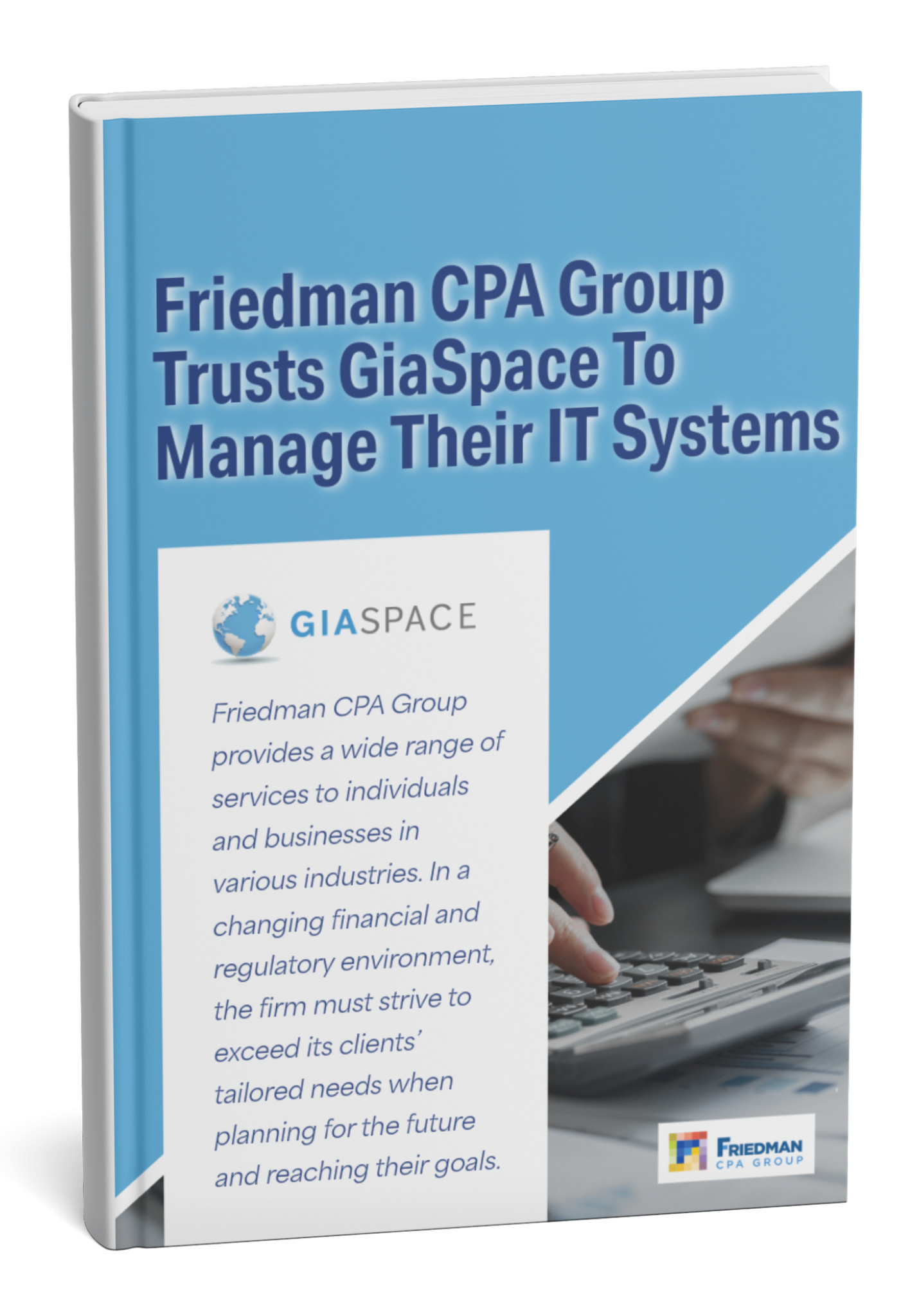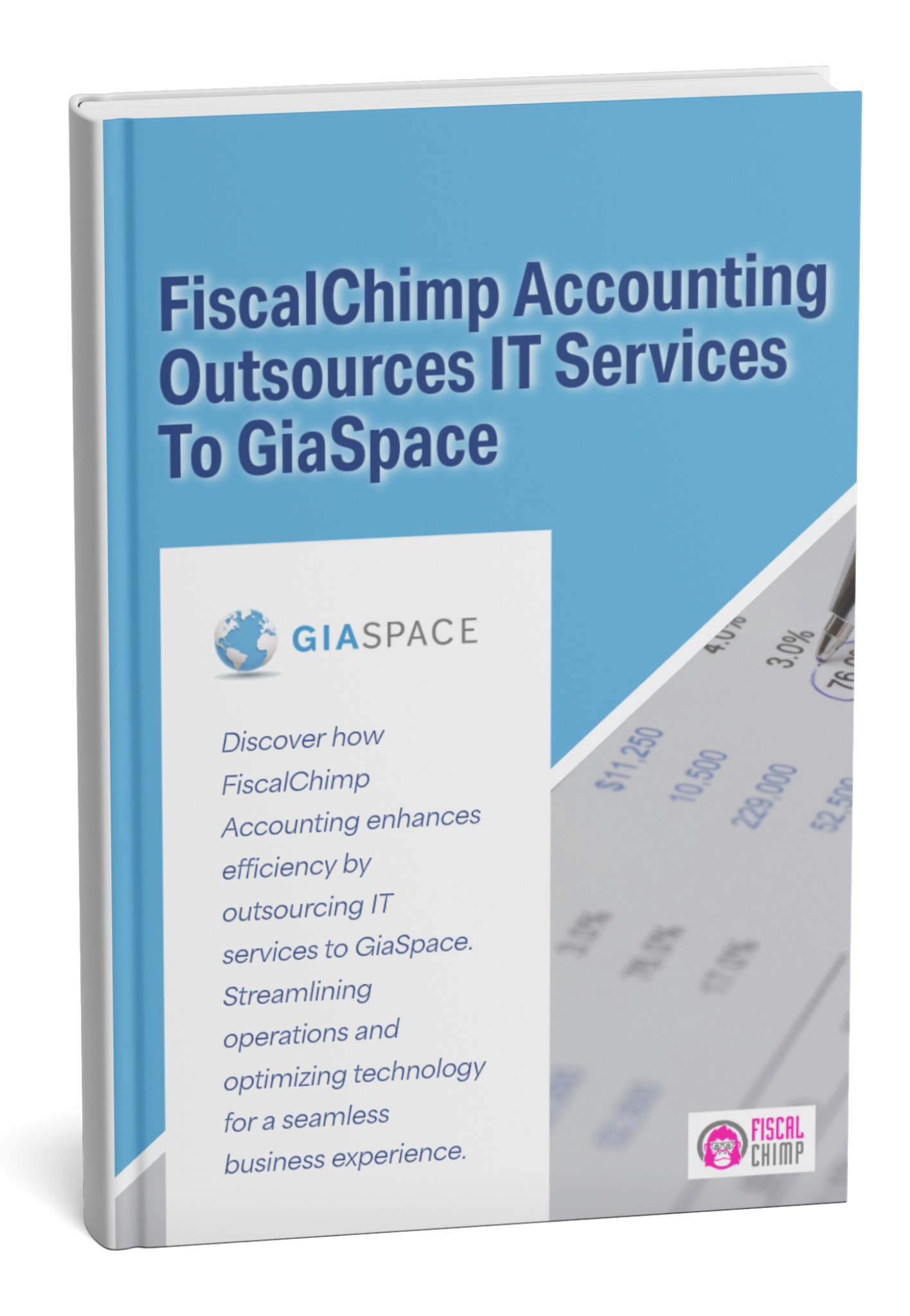Hiring an in-house IT tech comes with hidden costs beyond salary. When it comes to cost of hiring IT Tech, Discover how Managed Service Providers (MSPs) offer a cost-effective, comprehensive alternative for your business IT needs.
|
Cost Factor |
In-House IT (Example) |
Managed Service Provider (MSP) |
|
Annual Salary (Base) |
$60,000 |
N/A (Included in contract) |
|
Benefits (approx. 30-40%) |
~$18,000 – $24,000 |
N/A (Included in contract) |
|
Cost Predictability |
High Hidden Costs |
Fixed Monthly Fee |
If your business is at the point where you’re thinking about hiring a full-time IT tech, congratulations! Having enough consistent needs to fill this role means you’ve worked hard and made good decisions that drove business growth. Our best advice? Don’t stop now! Moving forward with hiring requires a lot of analysis to avoid major consequences down the line, though. One of the biggest decisions is whether you’ll hire someone directly or use a third-party MSP (Managed Service Provider). In this article, we’ll get into the specifics of both scenario1s, revealing why a seemingly straightforward hiring decision can quickly become a complex financial maze.
The Evolving Role of IT in Modern Business Growth
In the past, business operations and technological needs often seemed like two separate worlds. Many business owners could “get by” with basic tech knowledge. However, as your business has scaled, your reliance on technology has grown exponentially. From cloud-based applications to complex network infrastructures, IT is no longer just a support function; it’s a strategic pillar driving efficiency, innovation, and competitive advantage. Just as Jeff Bezos doesn’t personally package shipments today, successful business leaders delegate specialized tasks like IT. Failing to address complex and growing IT demands can lead to significant bottlenecks, security vulnerabilities, and missed opportunities for further growth.
The Escalating Threat of Cyberattacks: A Driving Force for Dedicated IT
Leaving IT duties unassigned in our current landscape could be a death wish. Cyberattacks of all types are on the rise, and the amount of damage each one could impose is ballooning. For example, in 2016, the average ransomware attacker demanded $522. By 2020, that average surged to around $84,000! Sadly, many of these attacks succeed because businesses lack dedicated, vigilant IT oversight. Beyond direct financial demands, the aftermath of a cyberattack can include extensive downtime, data loss, reputational damage, and severe legal penalties. The continuous, proactive management of your IT infrastructure by dedicated professionals isn’t just about convenience; it’s about safeguarding your entire business against increasingly sophisticated threats that seek to exploit any vulnerability.
Beyond Salary: Uncovering the True Financial Burden of an In-House IT Professional
So, you’re on board with having a dedicated IT presence, and you decide to hire directly. The appeal of choosing “just the right person” is strong. But then, the other shoe drops. While the average base salary for an IT professional might be around $60,000 per year, this figure represents only a fraction of their total cost. When budgeting for an in-house IT hire, it’s crucial to look beyond this initial number and account for a spectrum of additional, often overlooked expenses that significantly inflate the true financial commitment.
Recruitment, Onboarding, and Turnover: Hidden HR Costs of In-House IT
Hiring is a costly process, and IT roles are no exception – often more expensive due to specialized skill requirements.
-
Recruitment: The process of finding, screening, and interviewing qualified candidates takes significant time and resources. This includes advertising costs, background checks, and the valuable time your HR team and hiring managers spend on the process. Average cost per hire in the U.S. is around $4,700, and for technical roles, it can be significantly higher.
-
Onboarding: Once hired, the costs continue. Setting up a new employee with necessary accounts, software access, workplace training, and integration into your company culture takes time away from existing staff. This crucial ramp-up period can cost an average of $1,000-$2,000 per employee in equipment and workspace setup alone, not counting productivity loss.
-
Turnover: Perhaps the most overlooked cost is employee turnover. If your IT tech leaves, you face not only the re-recruitment and re-onboarding costs but also the loss of institutional knowledge, disruption to ongoing projects, and the critical productivity gap while the position remains vacant. The cost of replacing an employee can range from half to two times their annual salary, with technical positions often leaning towards the higher end. This cycle can create a continuous drain on your resources.
Hardware, Software, and Training: The Infrastructure Investment for Internal IT
An in-house IT professional isn’t just a salary and a desk. They require a complete operational ecosystem, all of which comes with a price tag:
-
Workspace & Hardware: Beyond a simple desk, these professionals require specialized, often more expensive, hardware and multi-monitor setups to effectively manage complex systems.
-
Software Licenses: You’ll need to factor in network diagnostic software, cybersecurity tools, remote management platforms, and any other industry-specific or proprietary software licenses they need to perform their duties. The average company spends $1,000-$3,500 on software tools per employee annually.
-
Communication & Mobility: Since they’ll generally be on call, they’ll need a company phone with a robust plan. If your business has multiple locations or requires on-site visits, you might also need to factor in a company car or vehicle reimbursement.
-
Ongoing Training & Certifications: The IT landscape changes at lightning speed. To stay effective, your in-house tech will require continuous training, certifications, and professional development to keep up with new threats and technologies. This can easily add $1,000 – $3,000+ per employee annually in direct training costs, plus the indirect cost of their time away from duties.
Predictability vs. Volatility: Comparing In-House IT Costs to Managed Service Providers (MSPs)
Historically, hiring in-house was often the only option. However, the high known and unknown costs associated with a direct IT hire have led many companies to flock to an alternative: Managed Service Providers (MSPs). This shift primarily comes down to cost predictability and operational efficiency.
With an in-house employee, you budget for a salary, but then face a cascade of unpredictable expenses: unforeseen hardware failures, emergency overtime, unexpected training needs, and the constant threat of a costly employee turnover. These fluctuating costs can make accurate budgeting a nightmare.
In stark contrast, an MSP operates on a fixed, predictable monthly fee. The price you sign in the contract is the price you know you have to pay month after month. This transparent pricing model transforms IT from a volatile expense into a manageable operational budget line item, freeing you from financial surprises.
Key Benefits of Partnering with a Managed Service Provider (MSP)
With an MSP, you gain all the benefits of a dedicated IT team without the significant downsides and hidden costs of an employee. MSPs offer a compelling value proposition that goes far beyond simple tech support:
-
Consistent Availability: MSPs provide round-the-clock monitoring and support, ensuring your systems are consistently up and running, often with proactive measures to prevent issues before they arise.
-
Broad Expertise: Instead of relying on the knowledge of one or two individuals, you gain access to an entire team of specialists across various IT disciplines—cybersecurity, cloud services, network management, VoIP, and more. This diverse expertise ensures comprehensive coverage.
-
Dedicated Focus: MSPs are focused entirely on your IT infrastructure. They aren’t pulled into other “day job” expectations or company politics, ensuring IT remains their singular priority.
-
Proactive Management: Rather than reacting to problems, MSPs actively monitor your systems, perform regular maintenance, apply updates, and identify vulnerabilities to prevent downtime and security breaches.
-
Scalability: As your business grows, your MSP can easily scale services up or down to meet your evolving needs, without the lengthy and costly process of hiring and training new staff.
How an MSP Offers Scalability, Expertise, and Focus for Your Core Business
Partnering with an MSP is a strategic decision that empowers your business to thrive by offloading complex IT management.
-
Scalability: Need to rapidly expand your user base or integrate new technologies? An MSP can instantly scale resources and expertise without the hiring delays and associated costs. Downsizing? Adjust your service agreement without the pain of layoffs.
-
Expertise: You gain immediate access to a deep bench of certified professionals covering every facet of modern IT. Whether it’s complex network redesign, cutting-edge cybersecurity defense, or seamless cloud migration, you have specialists at your fingertips without the cost of individual hires.
-
Focus on Core Business: By entrusting your IT operations to experts, you and your team are freed from the distractions and burdens of managing technology. This allows you to channel your energy and resources 100% into your core competencies—driving sales, innovating products, and serving your customers, ultimately accelerating your business growth.
Making the Right Choice: In-House IT vs. MSP for Your Business Needs
Both in-house IT and Managed Service Providers offer distinct advantages. The best choice depends on your business’s specific size, budget, security needs, and growth trajectory.
-
Consider In-House If: You have a very large, complex, and highly specialized IT infrastructure that requires constant, unique customization, and your budget can comfortably absorb all the direct and hidden costs, including recruitment, benefits, training, and potential turnover.
-
Consider an MSP If: You seek predictable IT costs, access to a broad range of expert skills without multiple hires, proactive maintenance, enhanced cybersecurity, and the flexibility to scale your IT support as your business evolves. MSPs are often the ideal solution for small to medium-sized businesses looking for enterprise-grade IT without the enterprise-level overhead.
If your company is at the point where you know you need dedicated IT personnel but are unsure about which direction to take, contact us ASAP. We would be more than happy to go over your specific needs, discuss both options in detail, and help you determine the most cost-effective and secure path forward for your business.
Published: Jul 2, 2025







